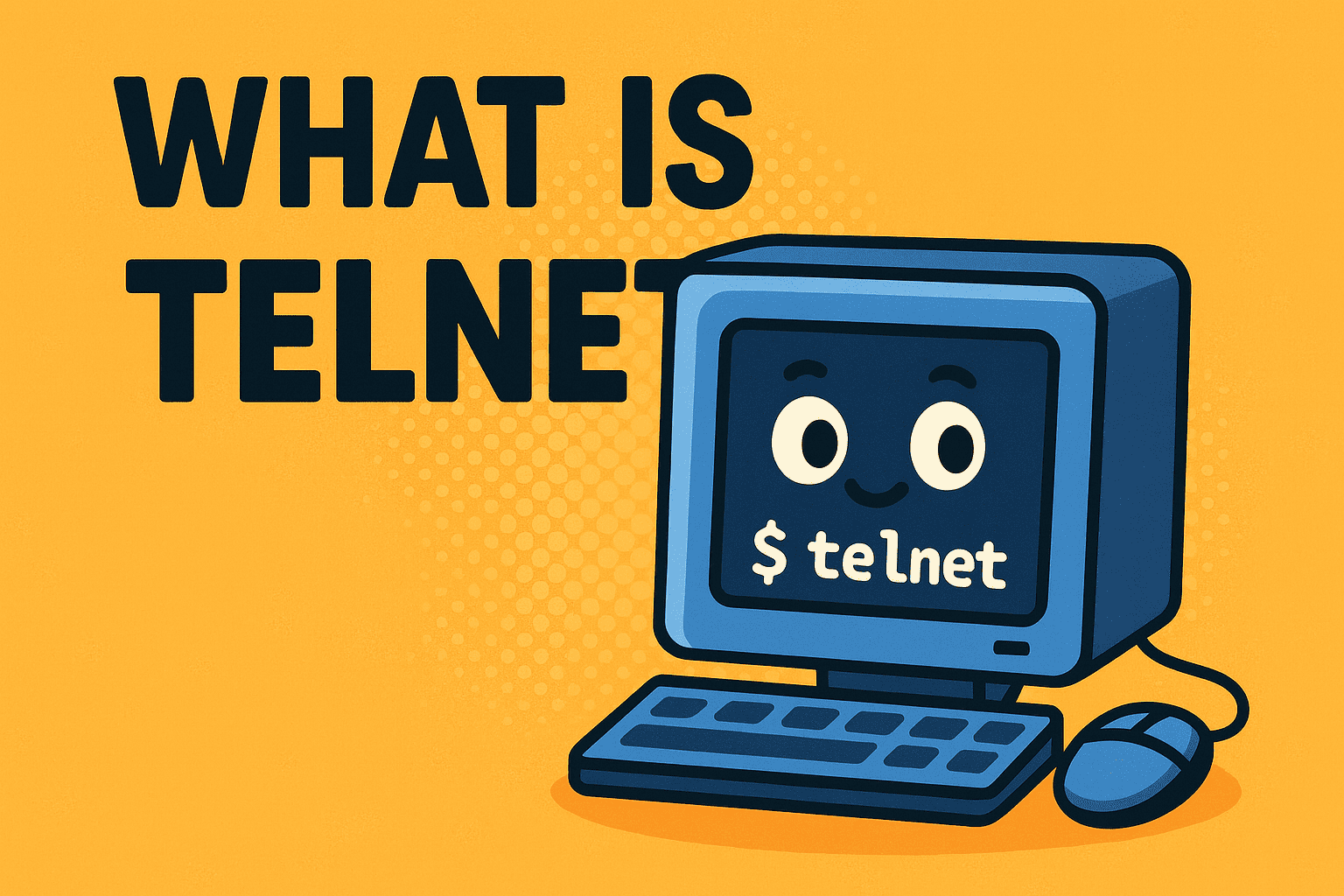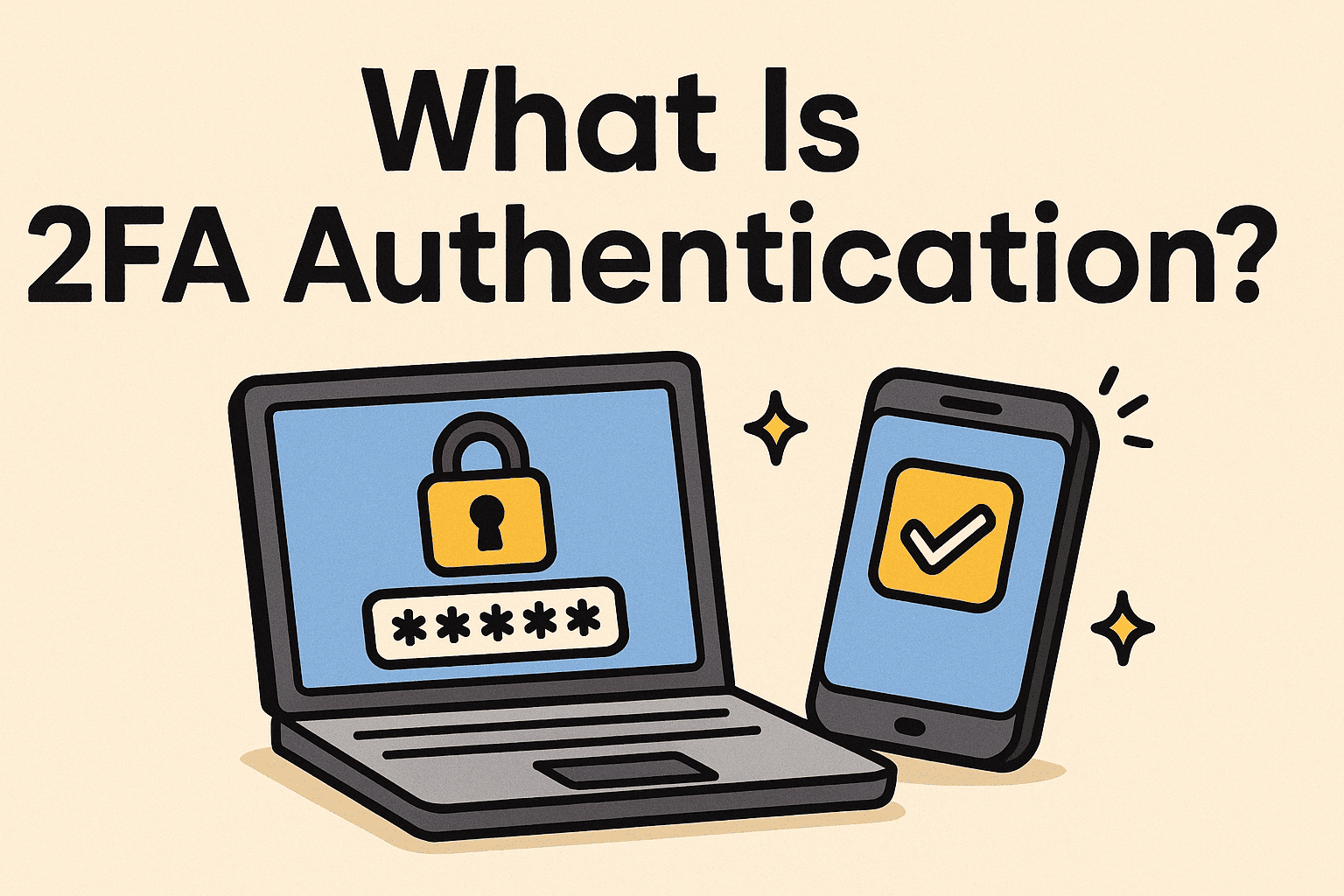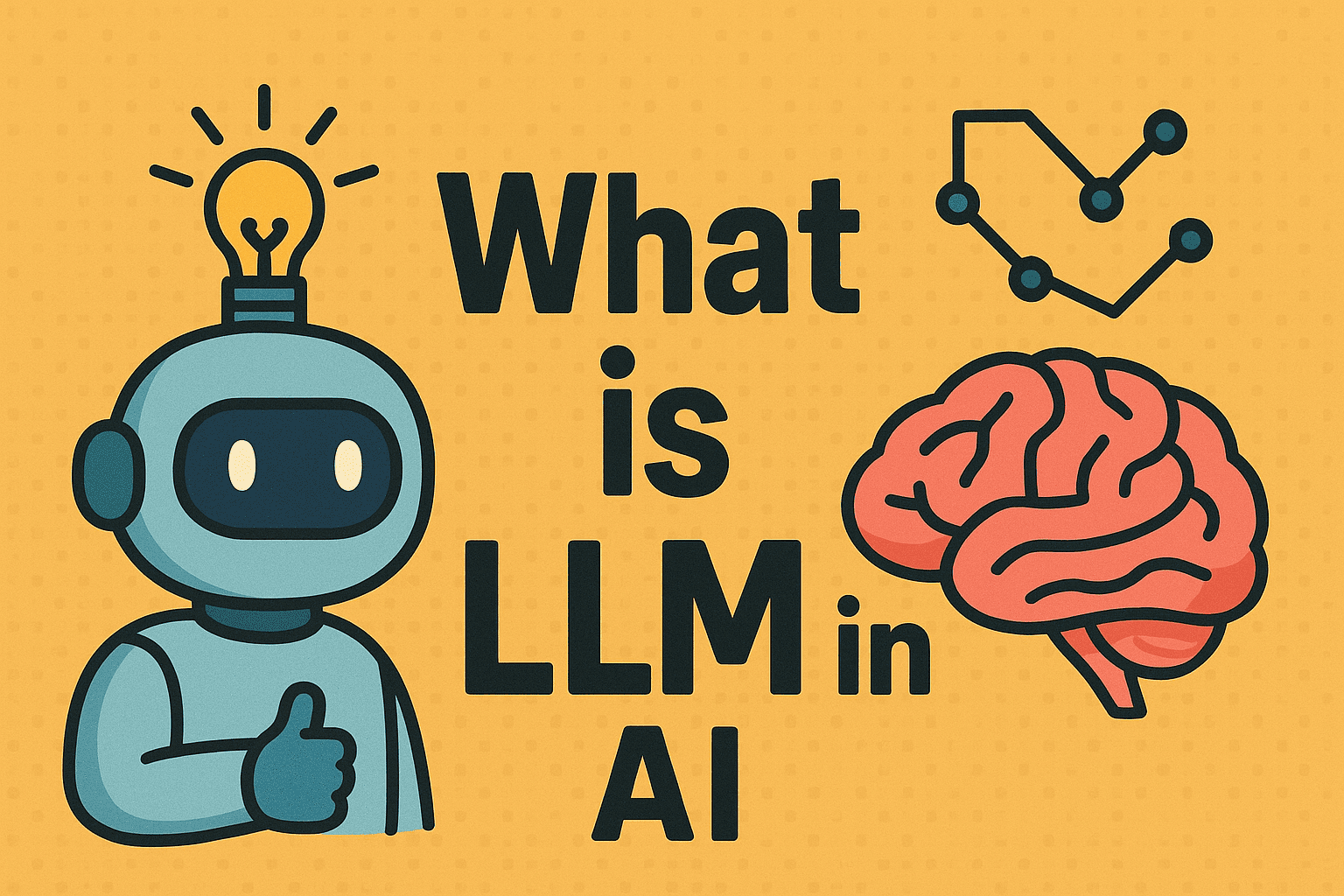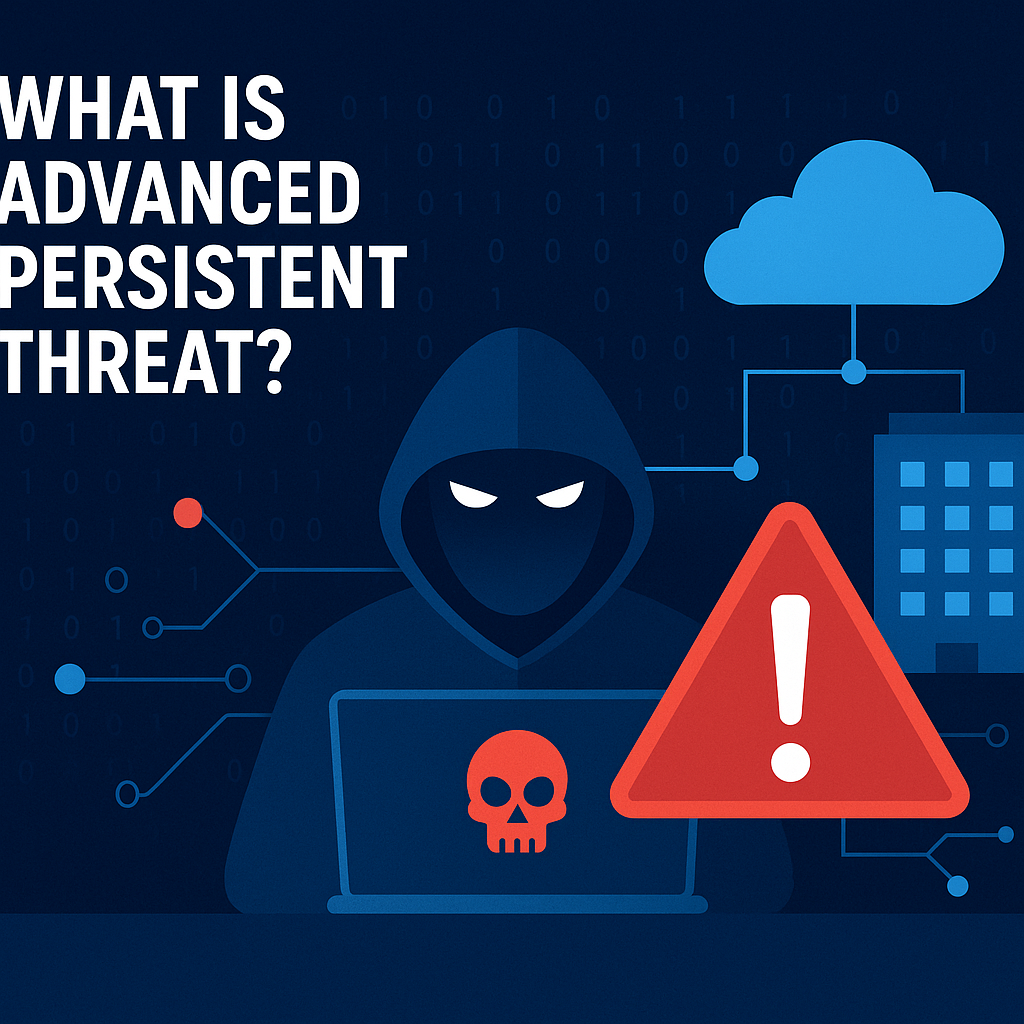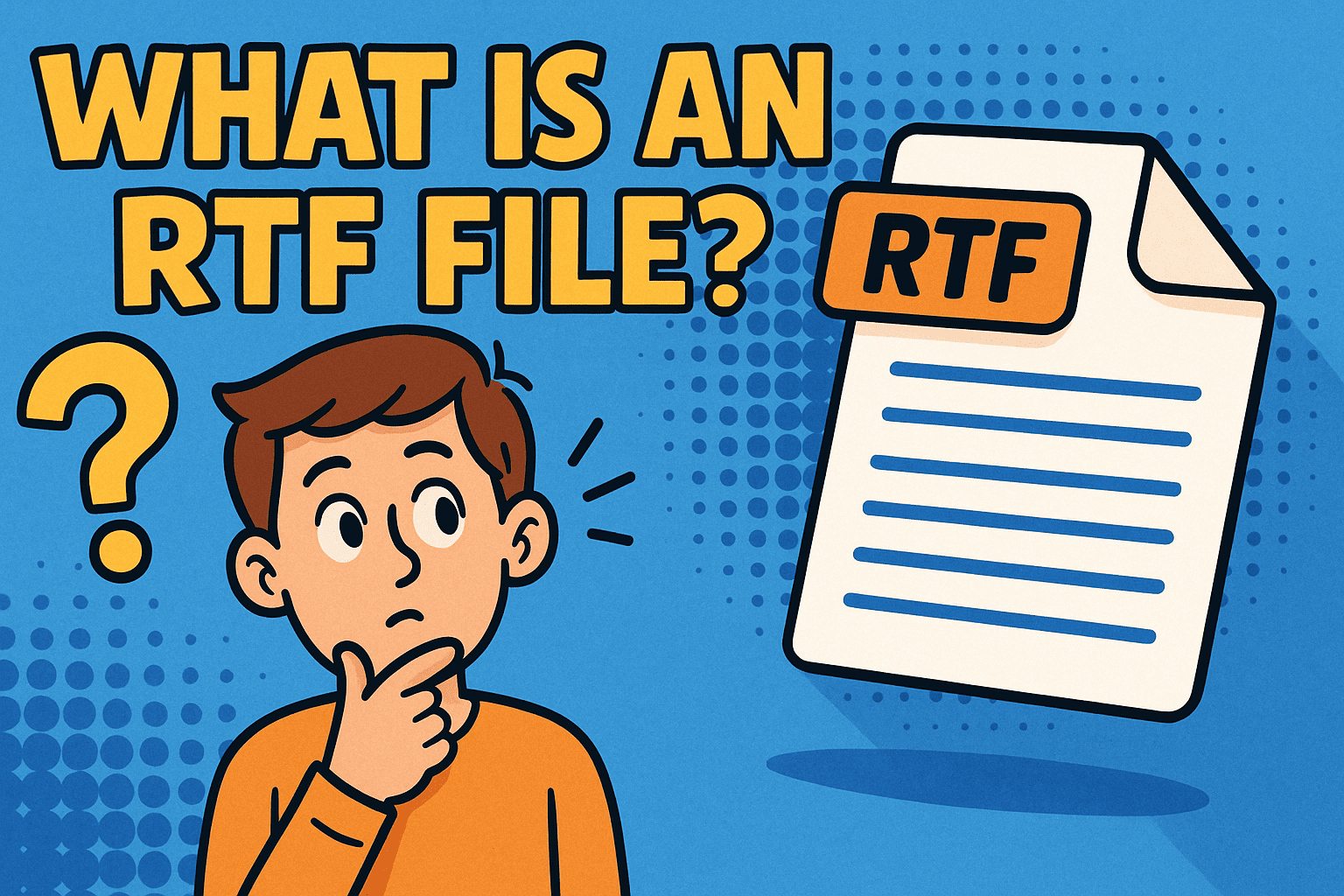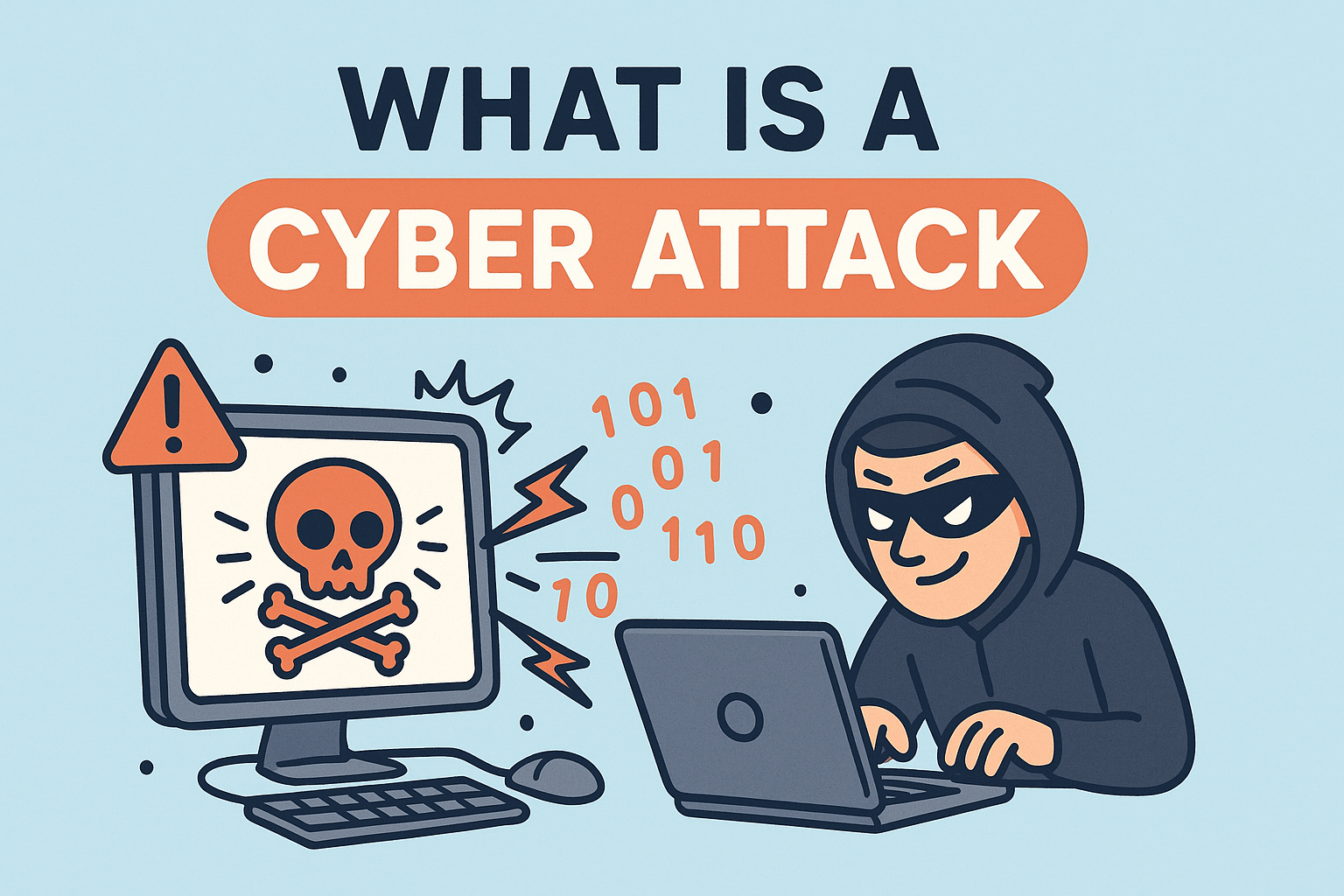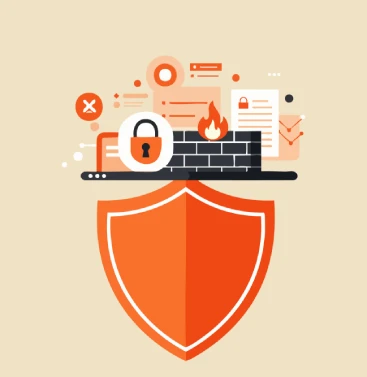What Kind of AI Is ChatGPT? The Complete Conversational Guide for IT & Cybersecurity Leaders
Updated on November 20, 2025, by Xcitium
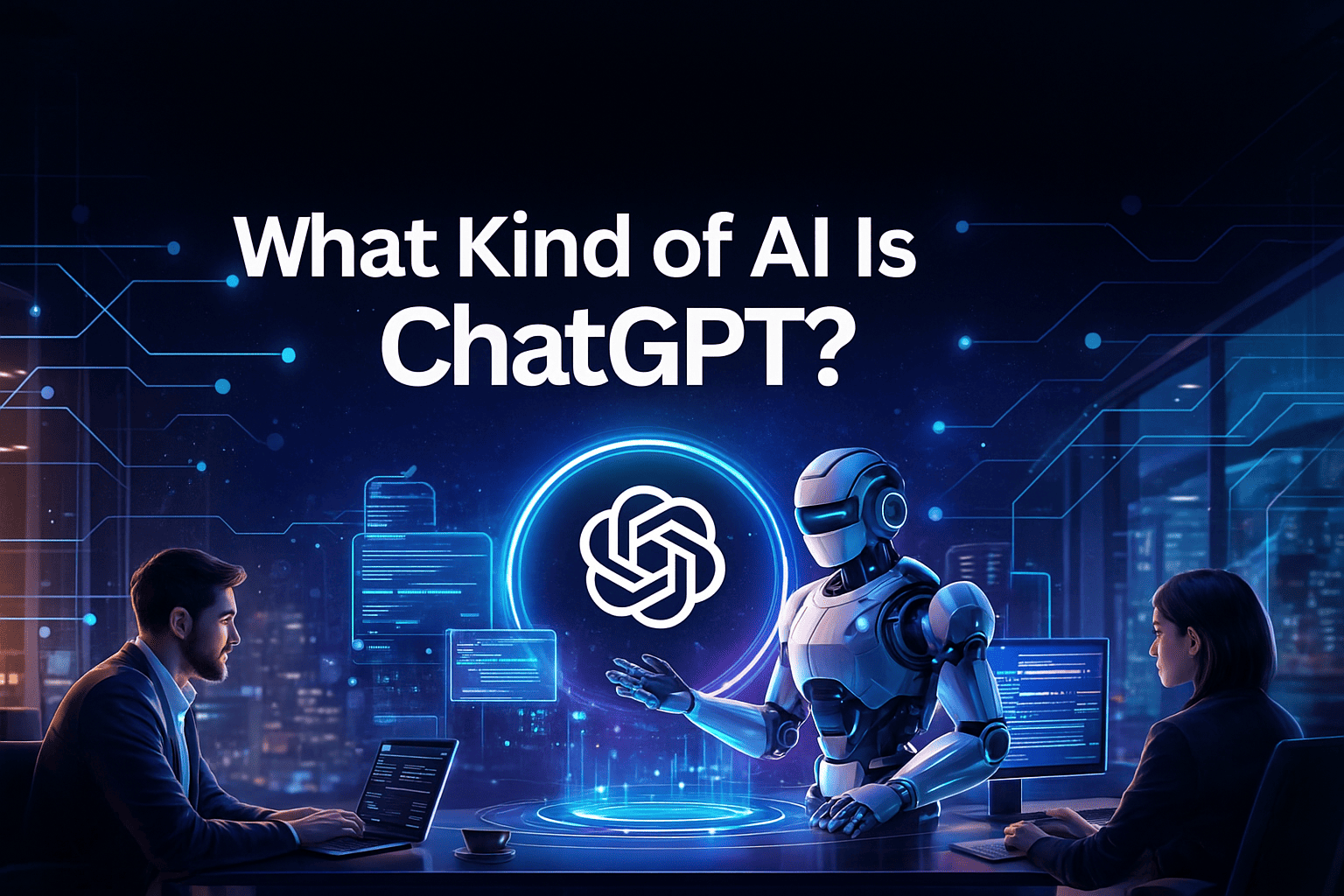
If you’ve ever used ChatGPT — whether for writing, coding, research, cybersecurity tasks, or automation — you’ve probably wondered: What kind of AI is ChatGPT, really? Is it machine learning? Deep learning? A chatbot? A search engine? Or something entirely different?
The truth is, ChatGPT represents one of the most advanced forms of artificial intelligence ever built. And understanding what kind of AI it is can help you use it better — especially if you work in tech, IT, cybersecurity, leadership, or digital transformation.
In this conversational guide, we’ll break everything down simply: how ChatGPT works, what category of AI it belongs to, what it can (and can’t) do, real-world business use cases, limitations, and how it’s transforming cybersecurity and enterprise operations.
Let’s start with the basics.
⭐ What Kind of AI Is ChatGPT? (Simple Definition)
ChatGPT is a Large Language Model (LLM) based on Generative AI, specifically built using deep learning techniques.
Here’s the simplest way to explain it:
👉 ChatGPT is a generative AI model that understands and produces human-like text using a neural network called a transformer.
To put it differently:
-
It’s not a search engine
-
It’s not rule-based
-
It’s not traditional machine learning
-
It’s not pre-programmed with fixed answers
Instead:
✔ It learns from massive datasets
✔ It predicts the next word in a sentence
✔ It uses context to generate human-like responses
✔ It adapts to your tone, style, and instructions
This makes ChatGPT incredibly powerful for business workflows, cybersecurity analysis, content writing, software development, and much more.
⭐ Breaking It Down: ChatGPT Uses Three Major Types of AI
To fully understand what kind of AI ChatGPT is, let’s explore the technologies behind it.
1. Generative AI
ChatGPT is a generative model — meaning it creates something new instead of just classifying or analyzing.
It can generate:
-
Text
-
Code
-
Emails
-
Summaries
-
Ideas
-
Explanations
-
Plans
-
Reports
Generative AI is the most disruptive category of AI today.
2. Deep Learning AI
Deep learning uses neural networks with millions (or billions) of parameters to understand patterns in data.
ChatGPT uses:
-
Multi-layered neural networks
-
Transformers
-
Attention mechanisms
This allows it to understand context, meaning, structure, and relationships between words.
3. Natural Language Processing (NLP)
NLP is the field of AI focused on:
-
Understanding human language
-
Processing text
-
Generating natural responses
ChatGPT excels at NLP tasks like:
-
Translation
-
Summarization
-
Classification
-
Conversation
-
Analysis
Think of ChatGPT as a supercharged NLP engine.
🔍 Technical Answer: ChatGPT Is a Transformer-Based LLM
If someone asks you technically:
👉 ChatGPT is a transformer-based Large Language Model (LLM) trained using self-supervised deep learning on massive datasets.
Transformers allow the model to:
-
Understand long-range context
-
Analyze relationships between words
-
Respond accurately to complex instructions
This is why ChatGPT (especially GPT-4–style models) can handle:
-
Coding
-
Cybersecurity analysis
-
Advanced writing
-
Research
-
Multi-step reasoning
-
Data analysis
Transformers revolutionized AI — and ChatGPT is built on top of this breakthrough.
🧠 How ChatGPT Learned (Without Being Explicitly Taught)
ChatGPT does not learn like humans. Instead, it was trained using:
✔ Self-supervised learning
The model predicts missing words in sentences using billions of examples.
✔ Reinforcement learning from human feedback (RLHF)
Humans rate outputs → model improves over time.
✔ Massive training data
Books, articles, code, websites, documentation, and more.
✔ Pattern recognition
It learns patterns, context, tone, and structure from text.
This is how ChatGPT gained:
-
Language fluency
-
Reasoning ability
-
Knowledge across fields
-
Problem-solving skills
It doesn’t “think” — it predicts the most likely answer.
🧩 What ChatGPT Is NOT (Common Misconceptions)
Many people misunderstand ChatGPT.
Let’s clear things up.
❌ Not a Search Engine
It doesn’t “look up” answers in real-time (unless connected to web browsing).
❌ Not Conscious or Alive
It doesn’t have intentions, emotions, or self-awareness.
❌ Not Always Accurate
It can produce errors or outdated information.
❌ Not Suitable for All Secure Environments
Enterprises must apply data governance controls.
❌ Not a Replacement for Human Expertise
It assists — it doesn’t replace strategic thinking.
Understanding these limitations helps you use RPA (and AI) wisely.
⭐ Why ChatGPT Is So Powerful (Key Capabilities)
ChatGPT has a wide skillset — and it’s expanding constantly.
✔ Understands natural conversation
✔ Generates high-quality text
✔ Writes and debugs code
✔ Summarizes long documents
✔ Analyzes cybersecurity logs
✔ Explains complex topics
✔ Helps with productivity tasks
✔ Supports decision making
✔ Reads, categorizes, and transforms text
✔ Acts as a virtual assistant
This versatility is why ChatGPT is used across hundreds of industries.
🛡️ ChatGPT in Cybersecurity and IT (Why It Matters)
If you’re in cybersecurity or IT, ChatGPT can be a game-changer.
RPA + GPT + SOC automation = massive efficiency.
ChatGPT can help with:
1. Log Analysis
Parsing logs, identifying anomalies, explaining alerts.
2. Threat Modeling
Breaking down vulnerabilities and risks.
3. Incident Response
Drafting reports, analyzing indicators of compromise (IOCs).
4. Security Awareness Training
Creating phishing simulations, training materials, and policies.
5. Scripting & Automation
PowerShell scripts, Python tools, queries, regex patterns.
6. Explaining Complex Security Concepts
Like zero-day attacks, encryption, firewalls, and more.
7. Compliance and Documentation
Policies, checklists, audit preparation.
Combined with tools like Xcitium OpenEDR, ChatGPT becomes even more powerful for:
-
Endpoint visibility
-
Malware analysis
-
Report generation
-
Risk assessment
AI is already reshaping cybersecurity operations.
🏢 Business Use Cases: How Companies Use ChatGPT
Companies across industries use ChatGPT for:
✔ Customer support automation
✔ Sales outreach
✔ Marketing content
✔ Data analysis
✔ HR and onboarding
✔ Workflow automation
✔ Productivity enhancements
✔ Email drafting
✔ Document generation
✔ Coding support
ChatGPT is not just “chat”—it’s a business transformation tool.
🔥 Benefits of ChatGPT for Modern Organizations
Here’s why businesses love it:
✔ Speeds up processes
✔ Reduces costs
✔ Automates repetitive work
✔ Improves accuracy
✔ Enhances productivity
✔ Assists with decision making
✔ Offers scalable support
✔ Helps non-technical users perform complex tasks
AI is becoming an essential part of digital operations.
⚠️ Limitations of ChatGPT (You Should Know These)
It’s powerful, but not perfect.
❌ May generate incorrect answers
❌ Can misunderstand context
❌ Cannot access real-time data without plugins
❌ Not suitable for confidential data without controls
❌ Sometimes overconfident
❌ Requires human verification
AI literacy is becoming a core skill in 2025.
🧭 How ChatGPT Fits Into the AI Landscape
Let’s summarize what kind of AI ChatGPT truly is.
✔ Generative AI
✔ Deep learning system
✔ Transformer-based model
✔ NLP engine
✔ Large Language Model
ChatGPT sits at the intersection of:
Language → Intelligence → Automation → Business Productivity → Cybersecurity Support
It’s part of a massive shift toward AI-assisted operations.
🎯 Conclusion: What Kind of AI Is ChatGPT? A New Era of Intelligence
If you’ve been wondering what kind of AI is ChatGPT, here’s the short answer:
👉 ChatGPT is a generative AI large language model built on deep learning and natural language processing, designed to understand and generate human-like text.
It’s not a robot.
Not a search engine.
Not magic.
It’s a sophisticated pattern-based prediction engine that expands what humans can do — faster, smarter, and more efficiently.
As businesses adopt RPA, automation, AI assistants, and advanced cybersecurity solutions, tools like ChatGPT are becoming critical to digital transformation.
🔐 Supercharge Your Cybersecurity with Xcitium (Free Demo)
Enhance threat detection, zero-day protection, and endpoint security with Xcitium’s advanced cyber defense platform.
👉 https://www.xcitium.com/request-demo/
❓ FAQs About ChatGPT and AI
1. What kind of AI is ChatGPT?
A generative AI large language model built with deep learning and transformers.
2. Is ChatGPT the same as machine learning?
It uses machine learning but belongs specifically to deep learning and NLP.
3. Does ChatGPT think like a human?
No — it predicts patterns and generates text based on training data.
4. Is ChatGPT safe for cybersecurity work?
Yes, when used properly — but sensitive data should be handled carefully.
5. Can ChatGPT replace human workers?
No — it enhances productivity but still requires human oversight and expertise.



